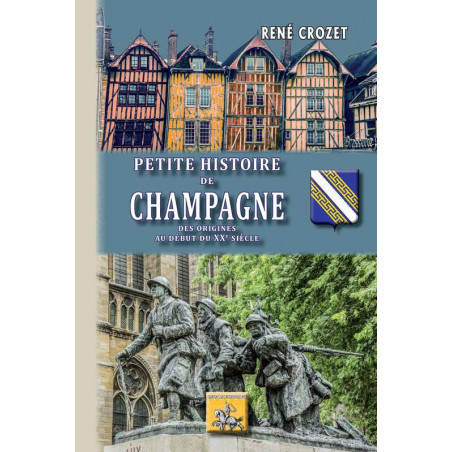Spread widely from Brie to Lorraine and from Picardy to Burgundy, the Champagne plains present an undeniable unity. Wherever the Champenois chalk extends in surface and depth, it determines original aspects that are reproduced over vast areas. However, historical Champagne presents a much greater diversity. There, human societies have developed within frameworks that do not align well with natural boundaries. Vague domains of prehistoric civilizations and Gaulish tribes, Roman provinces, barbarian kingdoms, the County of Champagne, and ecclesiastical domains of Reims, Châlons, and Langres, as well as modern administrations and governments, departments of contemporary times, have overlapped, creating a bewildering entanglement of boundaries at first glance. But, despite this apparent confusion, the concept of historical Champagne is evident. It first results from the existence of a strong feudal organization, the County of Champagne. Certainly, this does not exactly coincide with the natural region, and it lost its autonomous existence earlier than others, merging into the French unity identified with the royal domain. Furthermore, the notion of historical Champagne also rests on an essential characteristic that we find throughout the main episodes of the province's history. This characteristic is expressed in a single word: crossroads. Indeed, Champagne occupies a crossing of traditional routes whose use dates back to the earliest human civilization developments (excerpt from the Foreword, 1933 edition). René Crozet, born in Romorantin (1896-1972), historian, archaeologist, professor of History at the University of Poitiers, is the author of numerous historical works, particularly on Poitou, Anjou, Berry, and Orléanais.






